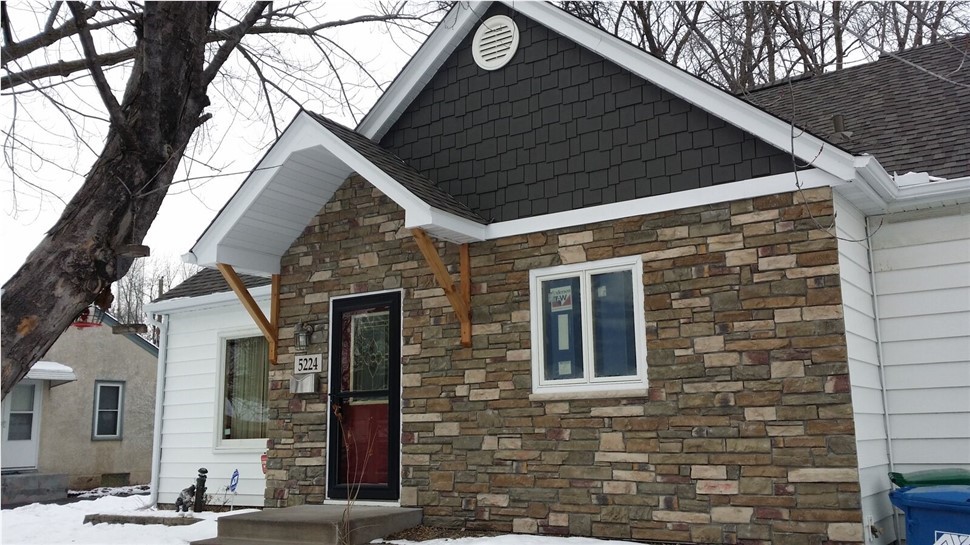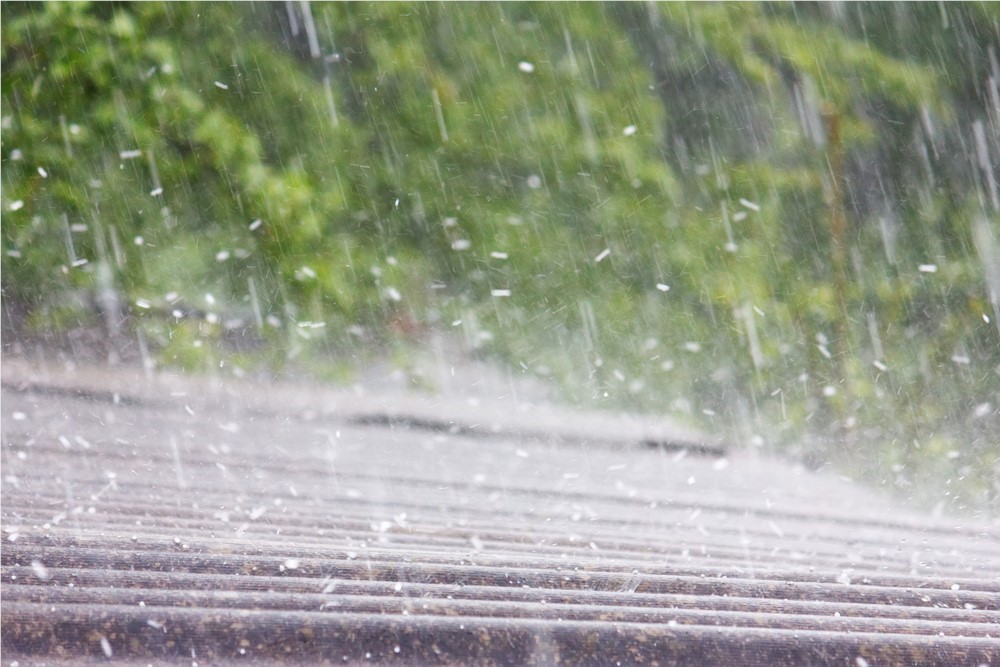 Vinyl Siding for Winter Climates
Vinyl Siding for Winter Climates Vinyl siding is a very popular choice to go with for so many homeowners, regardless of where they live. While quality vinyl siding is definitely resistant to the effects of the weather outside, it might not be the best choice to go with for those who live in the colder areas like Minnesota. It is not as strong or durable as some other siding options. It it is prone to cracking due to the colder temperatures. And unless you opt for an insulated version, it may not provide an adequate barrier against heat transference.
Wood SidingOnce the top choice of homeowners, genuine wood siding has since been going downhill in popularity. It is more expensive than some other siding materials, and it needs a lot of upkeep to keep it at its best. Wood, however, is a better insulator than vinyl. And it does have a visual appeal that many homeowners are attracted to. But you can get the same look with a maintenance-free option.
Brick, Stone and StuccoIf you drive around the Twin Cities, you probably will see many older homes with some sort of masonry on the exterior. But our cycles of freezing and thawing can cause major problems with these materials, especially brick and stucco. These materials absorb water, which then will cause cracking when it freezes. And because of their density, they tend to hold the cold and can even transfer it to the home's interior if there isn't a sufficient barrier underneath. Repairs need to be made by a specialty contractor, because it's not something most siding installers handle. And the cost can be high.
Fiber Cement Siding in Cold WeatherFiber cement siding does hold up well to Minnesota weather well, as it's been engineered for our climate. It is an eco-friendly choice, but like many other siding options, the gaps in between each siding section can let in moisture air.
Steel SidingAs Twin Cities homeowners ourselves, we believe there is no better siding product for homes in this area than our seamless steel siding. Not only is steel unaffected by temperature changes, it requires virtually no maintenance and can be installed at any time of the year. It's exceptionally durable as well. Winter is no threat to steel siding. And with our seamless installation process, you get no gaps where cold air or moisture can get underneath it. Up-front costs to install may be higher than some other siding materials, but in the long run you'll pay less because it lasts longer and requires virtually nothing to maintain.
If you’re considering the pros and cons of each siding option, you can choose the best one to go with. This means choosing a way to protect and keep the inside of the home safe and warm, our recommendation would be fiber cement siding.
Subscribe to Quarve Contracting's Blog






Comments